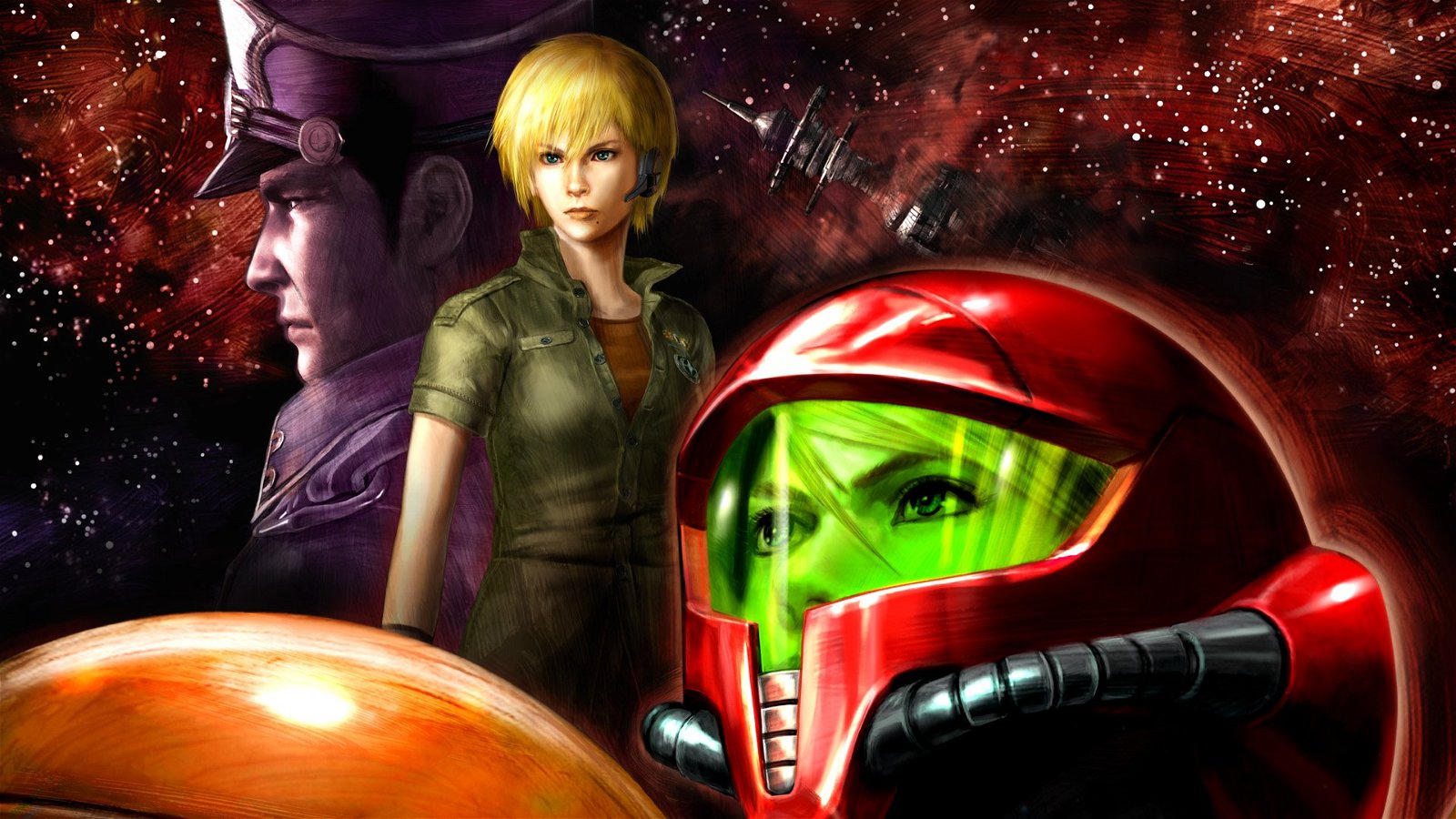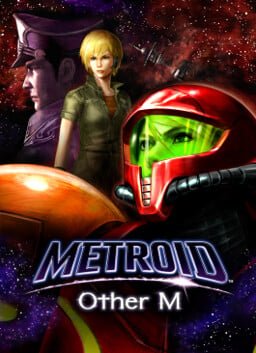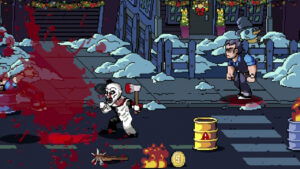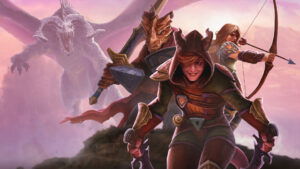Part bold reinvention, part nostalgic callback, Metroid: Other M is a polarizing experiment that redefines Samus — and not always for the better.
Since Metroid: Other M’s announcement, one question loomed: could Team Ninja create a new, immersive Metroid title while still delivering the nostalgia fans expect? Fortunately, Nintendo tapped into Team Ninja’s strengths and returned to its 2D roots following the singular 3D experience of the Metroid Prime series. Other M is a hybrid — it builds an enveloping 3D world around an otherwise traditional design. It isn’t perfect, and some changes are sure to irk Metroid purists, but missteps aside, Other M seeks to entertain in a somewhat different — and, arguably, less Metroid-like — way.
At its core, Other M is a 3D action game. While there are segments where you’re locked into a familiar 2D plane, the gameplay largely revolves around navigating 3D environments using the Wii Remote turned sideways — no Nunchuk required. The 1 and 2 buttons are used to shoot and jump, respectively. Much of the game involves switching between third-person perspective and a first-person aiming mode, clearly inspired by Metroid Prime. You can’t move in first-person, but by holding the B button, you can look around freely, lock onto targets, and fire missiles (which are only available in this mode). It’s slightly jarring — especially during intense boss fights — but for the most part, the system works, despite its awkwardness.
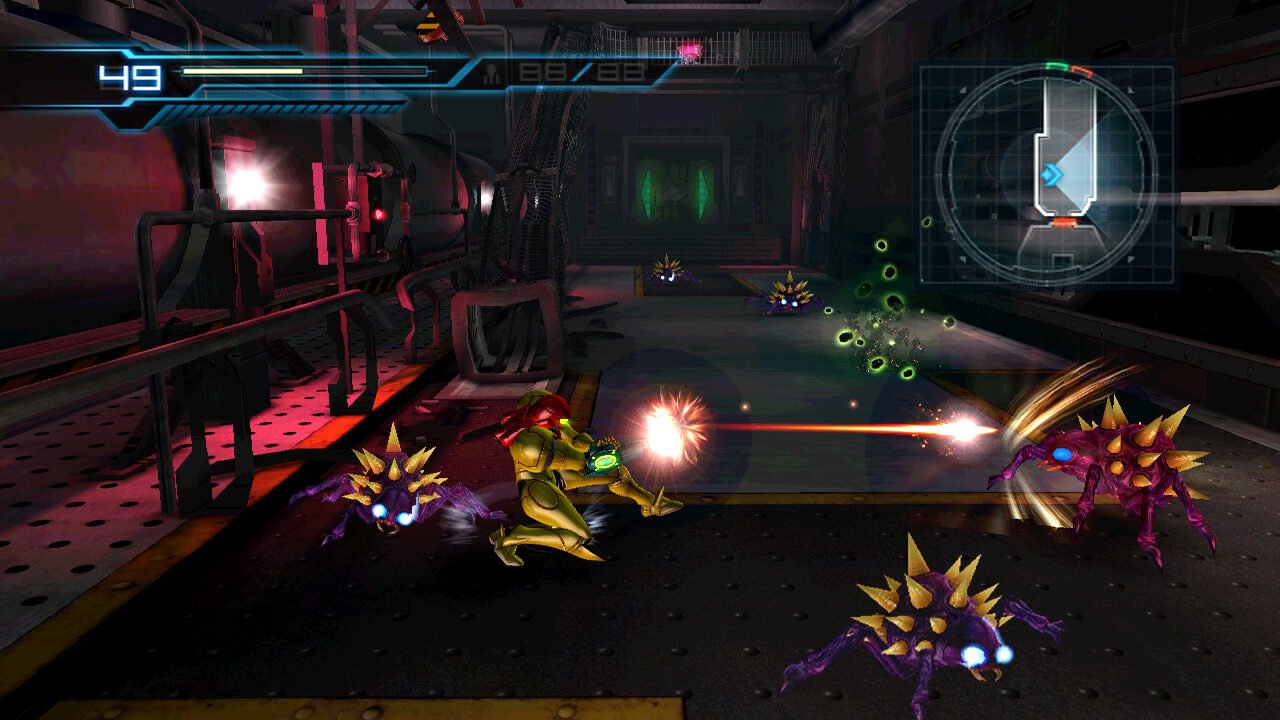
What absolutely doesn’t work in first-person, however, are the occasional forced scanning sequences. These moments halt progression until you identify a specific object, often leading to frustrating trial-and-error scenarios where it’s unclear what the game expects you to find.
Unlike past Metroid titles, exploration takes a back seat in Other M. While upgrade tanks (missile, energy, and e-recovery) still exist, they’re clearly marked on the map once a room is cleared of enemies. Figuring out how to reach them adds some challenge, but the sense of discovery is diminished. In fact, Other M is an incredibly linear adventure. Navigation is largely dictated by the on-screen guidance system, and detours are rare, usually involving a vent to roll through or a wall to blast.
Speaking of restrictions, Samus begins the game with all of her powers from Super Metroid, but cannot use them until Commander Malkovich “authorizes” them — an illogical throwback to Metroid Fusion. This mechanic undercuts one of the franchise’s defining traits: gradually earning abilities through exploration. Here, power progression is less about discovery and more about scripted permission, blurring the line between Metroid and a generic action-adventure game.
Throughout the story, we learn more about Samus’s time in the military and why she left, conveyed through fully voiced cutscenes. There’s more dialogue in Other M than in any previous entry, and Samus is more vocal than ever. But this isn’t the confident, independent warrior fans remember. Instead, she often comes across as uncertain, overly reflective and deeply preoccupied with the opinions of her peers. It’s a characterization that clashes with longtime expectations, and it significantly alters the tone of the experience. The first few hours are marked by heavy melodramatic exposition, which at times borders on parody. Thankfully, these scenes grow less frequent as the game shifts focus back to the ship’s mysteries and its traditional atmosphere of isolation and tension.

Metroid is a hallmark series that has produced some of the most acclaimed games of all time — which means when a new entry falls short, it doesn’t make it bad by any means, but the bar is higher. Other M is, in many ways, a great game. The real question is: when a legendary series is revitalized in a new form, does backlash stem from its execution — or from the very act of change?
As is often the case, the answer depends on what matters most to you. If you’re a devoted Metroid fan seeking atmospheric exploration and minimal handholding, you might struggle with the game’s linear structure and characterization of Samus. However, many players will be able to overlook Other M’s faults to enjoy a solid action experience. Bearing the Metroid name means being held to a higher standard, and in the company of genre-defining classics, Other M feels more like a well-made experiment than an unforgettable triumph.
